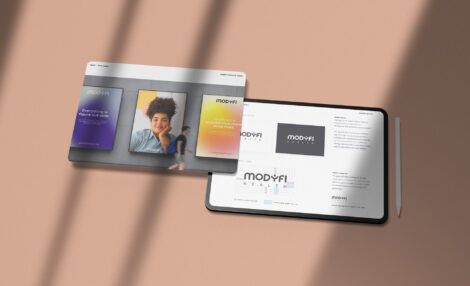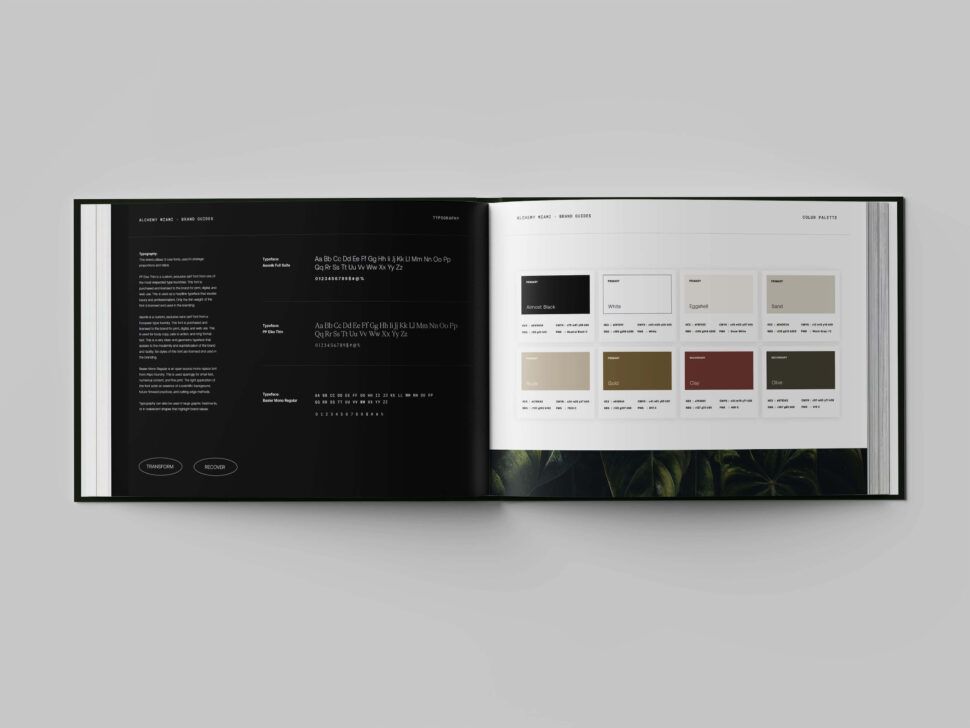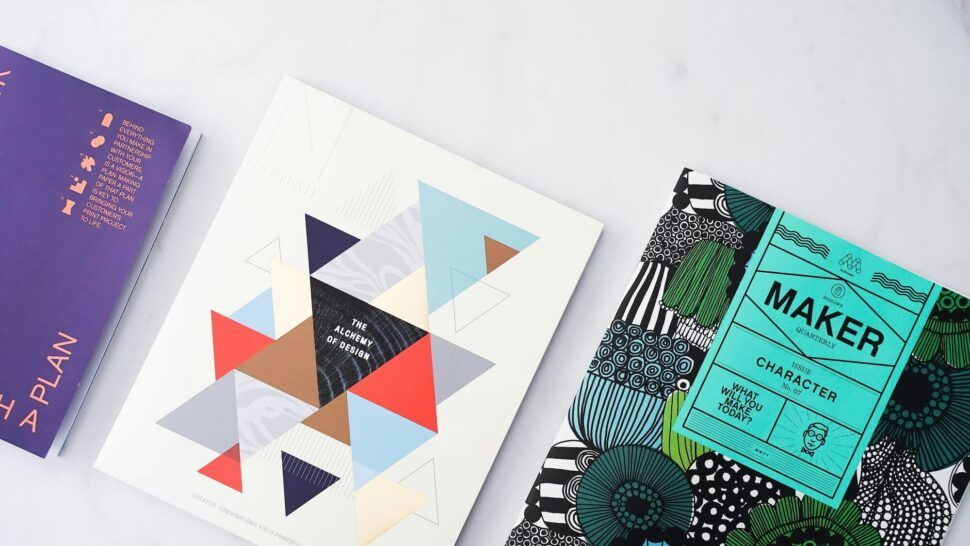
In this guide, we’ll delve into choosing a design style that best suits modern brands, allowing you to make an informed decision that will resonate with your target audience. From sleek and minimalist to vibrant and eclectic, we’ll showcase the diverse range of design styles that can elevate your brand’s visual appeal. Whether you’re a tech startup aiming for a clean and contemporary look or a creative agency desiring a bold and unconventional vibe, our guide will provide you with practical tips and insights to help you strike the perfect balance between aesthetics and brand identity.
Choosing the Right Design Style for Your Brand
The visual identity of your brand plays a crucial role in attracting and engaging your target audience. The creative style you choose for your brand can make all the difference in how your customers perceive and connect with your offerings. A well-crafted design style not only reflects your brand’s personality but also helps you stand out in a crowded market.
Choosing the right design style is essential for building a strong and cohesive brand image. It sets the tone for your brand’s visual language, influences the emotional response of your audience, and ultimately shapes the overall user experience. A carefully selected design style can evoke specific feelings, convey your brand’s values, and differentiate you from your competitors.
By aligning your design style with your brand’s identity, you can create a memorable and impactful visual presence that resonates with your customers. This, in turn, can lead to increased brand recognition, higher customer loyalty, and ultimately, greater business success. In this comprehensive guide, we’ll explore various design styles that are well-suited for modern brands, empowering you to make an informed decision that will elevate your brand’s visual appeal and strengthen its position in the market.
Understanding Different Design Styles
In the realm of modern branding, there is a vast array of styles to choose from, each with its unique characteristics and visual appeal. Exploring these different styles can help you identify the one that best reflects your brand’s personality and resonates with your target audience. Let’s dive into some of the most prominent design styles that are well-suited for modern brands:
Minimalist
Minimalist design is all about simplicity, clean lines, and a focus on essential elements. This style is characterized by a pared-down aesthetic, with a emphasis on negative space, muted color palettes, and a streamlined layout. Minimalist design is often associated with a sense of sophistication, elegance, and timelessness.
One of the key advantages of a minimalist style is its ability to create a sense of focus and clarity. By eliminating unnecessary clutter, minimalist designs draw the viewer’s attention to the most important aspects of the brand, making a strong and impactful statement. This design approach is particularly well-suited for modern brands that value simplicity, functionality, and a refined visual identity.
Examples of brands that have successfully embraced a minimalist design style include Apple, Muji, and Everlane. These brands have crafted a clean, modern, and visually striking aesthetic that aligns perfectly with their brand values and resonates with their target audience.
Vintage
In contrast to the clean and modern minimalist approach, the vintage design style draws inspiration from the past, often incorporating elements from bygone eras. This style is characterized by a warm, nostalgic, and timeless aesthetic, featuring muted color palettes, distressed textures, and a focus on traditional typography and illustrations.
The vintage design style is particularly effective in evoking a sense of authenticity, heritage, and craftsmanship. It can help modern brands establish a strong connection with their audience by tapping into the timeless appeal of the past. This design approach is often used by brands that aim to convey a sense of tradition, quality, and a unique, handcrafted feel.
Examples of brands that have successfully incorporated a vintage design style include Levi’s, Coca-Cola, and Pendleton. These brands have seamlessly blended modern elements with vintage-inspired aesthetics, creating a visually striking and emotionally engaging brand identity.
Scandinavian
Scandinavian design is renowned for its minimalist, functional, and aesthetically pleasing approach. This design style is characterized by a focus on clean lines, natural materials, and a harmonious balance between form and function. Scandinavian design often features a muted color palette, an emphasis on simplicity, and a strong emphasis on sustainability and environmental consciousness.
The Scandinavian design style is particularly well-suited for modern brands that value a sense of simplicity, elegance, and a connection to nature. This design approach can help brands create a sense of timelessness, while also conveying a commitment to quality, craftsmanship, and a sustainable ethos.
Examples of brands that have successfully embraced the Scandinavian design style include IKEA, Marimekko, and Fjällräven. These brands have crafted a visually appealing and cohesive brand identity that resonates with their target audience and aligns with their values of functionality, sustainability, and a refined aesthetic.
Bohemian
In contrast to the more structured and minimalist design styles, the bohemian design style is characterized by a free-spirited, eclectic, and vibrant aesthetic. This style often features a mix of bold colors, intricate patterns, natural textures, and a focus on handcrafted and artisanal elements.
The bohemian design style is particularly well-suited for modern brands that operate in the creative, wellness, or lifestyle sectors, as it can help convey a sense of creativity, individuality, and a connection to nature. This design approach can also be effective for brands that want to create a sense of warmth, authenticity, and a connection to a global, diverse, and inclusive community.
Examples of brands that have successfully embraced the bohemian design style include Free People, Anthropologie, and Etsy. These brands have crafted a visually striking and emotionally engaging brand identity that resonates with their target audience and aligns with their brand values.
How to Choose the Right Design Style for Your Brand
Now that you have a better understanding of the different design styles that are well-suited for modern brands, it’s time to determine which one best aligns with your brand’s identity and resonates with your target audience. To make an informed decision, consider the following factors:
- Brand Personality and Values: Reflect on your brand’s core values, personality, and the emotions you want to evoke in your audience. This will help you identify the design style that best represents your brand’s essence.
- Target Audience: Understand the demographic, psychographic, and behavioral characteristics of your target audience. Choose a design style that resonates with their preferences, interests, and aspirations.
- Brand Positioning and Competitive Landscape: Analyze your brand’s positioning in the market and the design styles used by your competitors. Aim to differentiate your brand while still aligning with industry trends and expectations.
- Brand Consistency and Cohesion: Ensure that the design style you choose can be consistently applied across all touchpoints, from your website and marketing materials to your product packaging and physical spaces. This will help create a cohesive and memorable brand experience.
- Scalability and Adaptability: Consider how the design style you choose can evolve and adapt as your brand grows and expands. Opt for a design approach that can be easily scaled and updated to accommodate future changes and innovations.
By carefully considering these factors, you can make an informed decision that will result in a design style that perfectly captures the essence of your modern brand and resonates with your target audience. Remember, the right design style can be a powerful tool in building a strong, memorable, and successful brand.
Looking for help pricing the right style for your brand to increase engagement and resonate with your target audience?
Book a CallConclusion
In the ever-evolving world of modern branding, the design style you choose for your brand can make all the difference in how your customers perceive and connect with your offerings. By understanding the diverse range of design styles that are well-suited for modern brands, you can craft a visual identity that not only reflects your brand’s personality but also captivates your target audience.
From the sleek and minimalist to the vibrant and eclectic, each design style has the power to evoke specific emotions, convey your brand’s values, and differentiate you from your competitors. By aligning your design style with your brand’s identity, you can create a cohesive and memorable visual presence that strengthens your brand’s position in the market and drives long-term success.
Remember, the journey of finding the perfect design style for your modern brand is not a one-size-fits-all solution. It requires careful consideration of your brand’s personality, target audience, and competitive landscape. By embracing this process, you’ll be able to craft a design style that truly captures the essence of your brand and resonates with your customers, ultimately helping you stand out and thrive in the dynamic world of modern branding.




